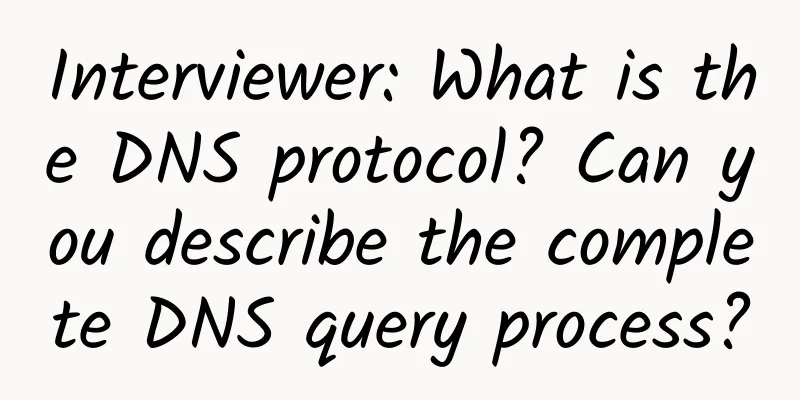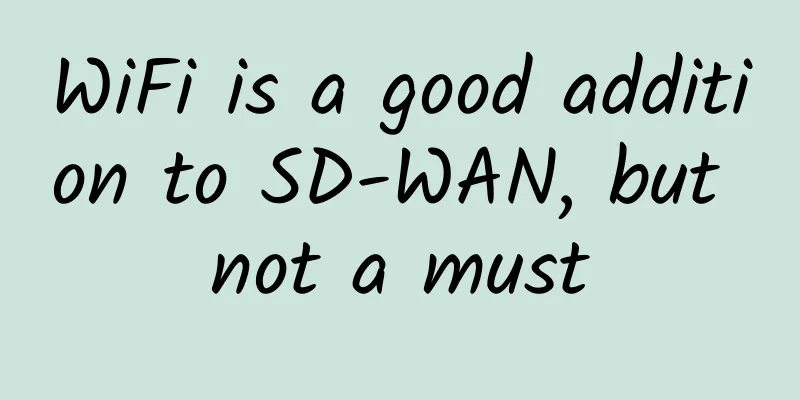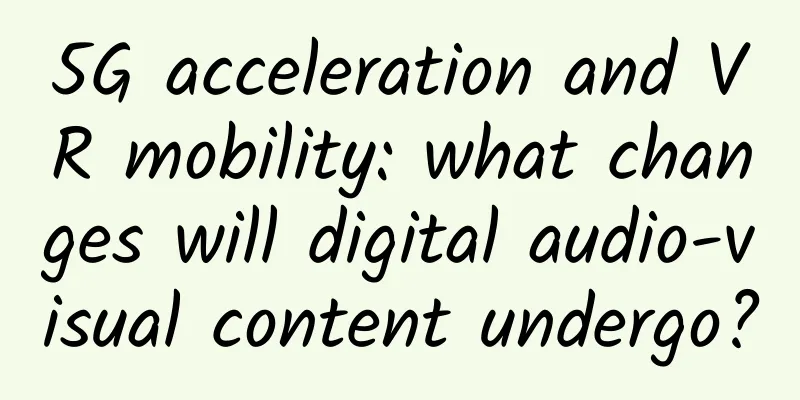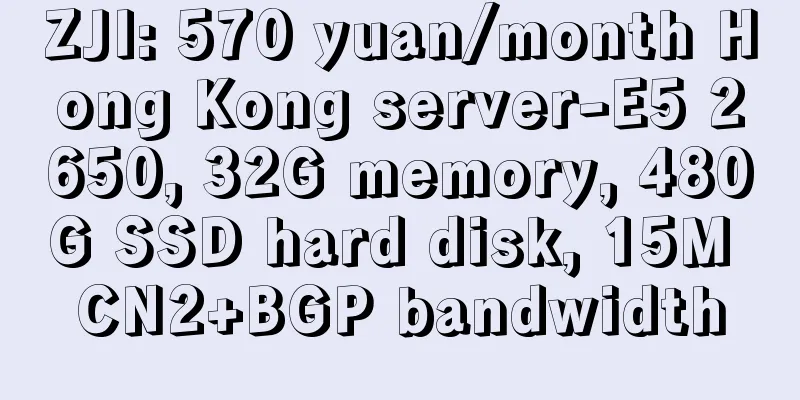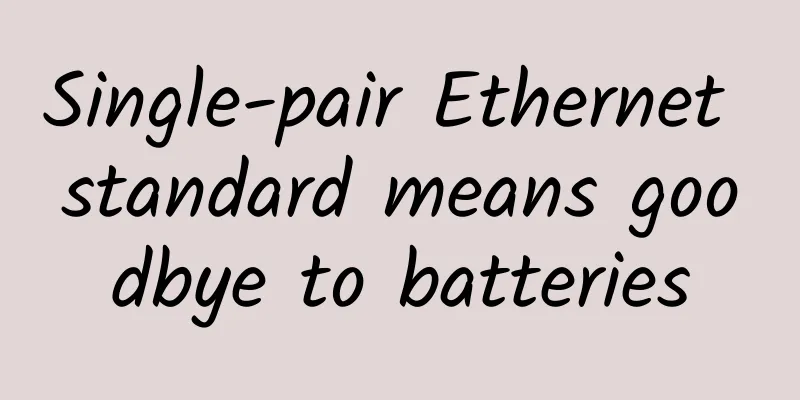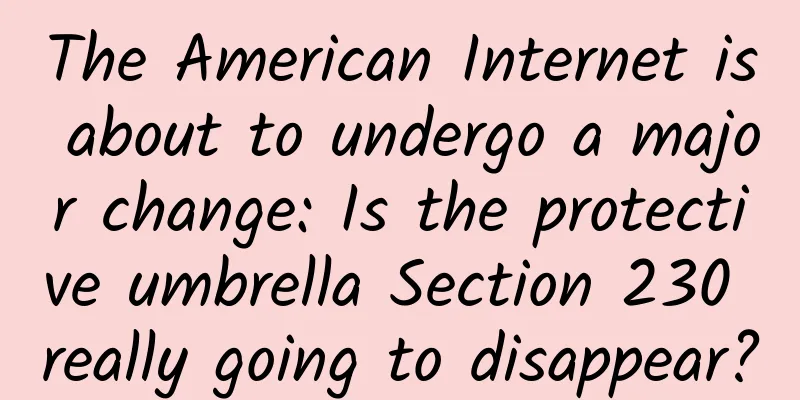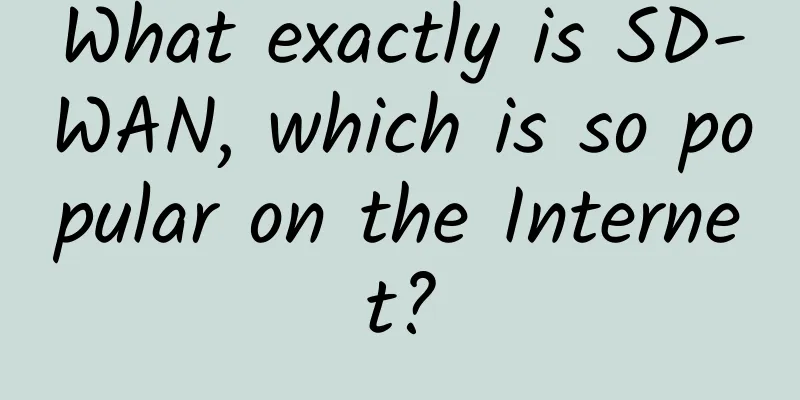Did you understand the three stories Guo Ping told at the Huawei Connect Conference?
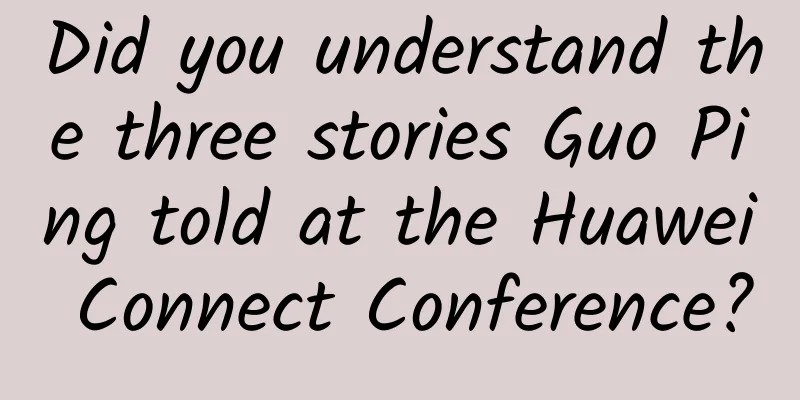
|
[51CTO.com original article] Just last week, the three-day 2017 Huawei Connect Conference came to an end, and the global ICT feast of 20,000 people came to a successful conclusion in Shanghai. During these three days, the reporter heard dozens of domestic and foreign users take the initiative to share their cloud practice cases, and also saw the crowds of people in front of the booths in the vertical industry and ecological cooperation exhibition hall, the horizontal solution and developer ecology exhibition hall, and felt people's eager determination to implement and practice cloud. But among all these, what impressed the reporter the most were the three stories mentioned by Huawei's Vice Chairman and Rotating CEO Guo Ping at the opening ceremony on the first day. The reporter believes that it is these three stories that link together the most important spiritual core of the 2017 Huawei Connect Conference - take action and practice in the cloud. What three stories did Guo Ping tell? The three Huawei Cloud stories Guo Ping shared in his speech were obviously carefully selected by Huawei. They are vertical industry applications, horizontal applications, and Huawei's own cloud practice stories. Let's take a look at what he talked about: The vertical industry application that Guo Ping talked about is the public video network, which is to realize the connection of video from closed districts to districts, cities, provinces and finally the whole country. He told a most touching real story - how to use public videos to find abducted children. During the Spring Festival this year, a three-year-old child was lost in Longgang District, Shenzhen. After receiving the report, the police station quickly found a clip from the video cloud, suspecting that the child was taken away by a middle-aged woman, but the problem was that the head portrait was blurred and the suspect could not be identified. What to do? The police immediately used the blurred image search to match the high-definition image, and then locked the suspect's identity from the ID card information database and found that she checked into a hotel. The police immediately retrieved the hotel video and saw the abducted child and identified the suspect. Finally, through the national public security data network, it was found that she bought a train ticket from Shenzhen North Station to Wuhan, and finally the abducted child was successfully rescued at Wuchang Railway Station. The whole process took less than 15 hours. Such efficient case-solving efficiency would not be possible without the powerful processing power provided by the cloud. As for the horizontal application case, Guo Ping tells the story of the construction of a smart city in Weifang, Shandong. Recently, Weifang, Shandong has deployed a city-level IoT cloud platform to connect more than a dozen applications of smart cities, such as safe production, transportation, water conservancy management, etc., and realize the management of a large number of people-object and object-object connections. What benefits has the establishment of a smart city brought to Weifang? Guo Ping listed two examples. One is smart street lights. The city now has more than 40,000 LED street lights deployed, which are uniformly controlled by the IoT platform, and the lighting rate has increased by 25%. It is estimated that this alone can save Weifang 6.8 million kilowatt-hours of electricity each year; the second is the end of "deadly manhole covers". After connecting to the Internet of Things, once the manhole cover is abnormally moved, it will send a signal. After receiving the signal, the IoT platform will call the camera on the street light to check the on-site situation and notify the municipal government to carry out timely maintenance to avoid tragedies. At the same time, it will also notify the traffic police and other departments to avoid traffic jams and environmental sanitation problems. The third story is Huawei's own story. Guo Ping spent a lot of time talking about how Huawei uses the cloud to build a digital Huawei. He said that the complexity of Huawei's business determines that the complexity of its IT architecture will not be inferior to that of large global companies or government agencies. In the end, Huawei chose a multi-cloud architecture to carry the operation of enterprise business, internal office, and third-party SaaS services, connect applications and data, and achieve seamless collaboration inside and outside the enterprise. He cited the example of Huawei's campus trying to transform digitally. Huawei's campus is currently distributed in 172 countries and regions around the world and needs to manage more than 4 million connected objects. Huawei plans to gather 25 subsystems in the campus, connect data, and establish a global unified digital operation center to achieve the three goals of improving security protection, improving response speed, and improving service experience. In Guo Ping's words, Huawei hopes to "jump with its own parachute on its back first" and experience all the risks and difficulties so that it can provide better value services to customers in the future. It plans to complete three pilot projects before June 2018 and then replicate them in Huawei's campuses in 172 countries around the world. What's behind these three stories? In the reporter's opinion, the common theme of these three stories is practice. Guo Ping tells the story of how to make cloud land and quickly realize its value in the cloud era from three different dimensions. The reporter believes that there are two purposes: one is to give more customers who are waiting and watching confidence, and the other is to find more peers. The larger the team, the more things can be done. Judging from the reporter's observations during the three-day conference, Huawei's "small goal" should have been easily achieved.
Yang Xiaoling, Vice President and Chief Digital Officer of China Pacific Insurance (Group) Co., Ltd., said that China Pacific Insurance Group is currently focusing on private cloud construction. Huawei not only provides private cloud equipment and services to support CPIC's private cloud construction, but also helps CPIC innovate Alpha Smart Insurance Advisor through Huawei's EI technology. Yang Xiaoling took health insurance claims as an example, introducing OCR image recognition technology, so that customers can avoid the tedious and lengthy claims review process. They only need to upload medical invoices by taking photos of them with their mobile phones. The backend automatically recognizes the invoice photos through algorithms, automatically generates structured settlement texts, and supports subsequent claims payment processing, greatly simplifying the process and review time. "Alpha" firmly grasped the hearts of consumers and customers as soon as it was launched, and it had four million downloads in less than a week. Customers' recognition of Huawei is inseparable from the "god assist" of partners, and Huawei's open and transparent ecological path has also created a good reputation, attracting more and more partners to cooperate. The reporter randomly interviewed a channel dealer who came to the exhibition hall. This was his first time to attend the Huawei All-Connect Conference. He told the reporter that his peers in East China had clarified their confidence and direction in the cloud by attending last year's conference. This year was fruitful. He also came with a learning attitude this time. He did not expect to meet so many partners, which will be very helpful in expanding his industry customers in the future. "The platform provided by Huawei is very good. It allows me to see more directions and opportunities, and broadens my horizons and ideas. I have now become a fan of Huawei. In the future, I hope to work with Huawei to build a cloud ecosystem together." Like this channel dealer, there are more than one partner who feels more business opportunities. The reporter found that many people in front of the major booths did not just take a quick look, but had very in-depth communication. In front of a smart manufacturing booth, the reporter wanted to shoot a scene with a robotic arm as the main subject, but two or three customers and the booth staff chatted in front of the robotic arm for more than 20 minutes, and the reporter finally had to give up and walk away. Huawei's three stories and two exhibition halls bring 600 solution experience points jointly created by 400 partners and industry organizations. This is a display stage carefully prepared by Huawei for the cloud industry, allowing the audience to see cloud applications in various industries, so as to clarify their own direction and goals and take action together. The reporter is looking forward to what stories Huawei will tell at the All Connect Conference next year? [51CTO original article, please indicate the original author and source as 51CTO.com when reprinting on partner sites] |
<<: How are the two engines of future digital transformation: connectivity + cloud grounded?
>>: How Huawei's edge computing bridges the physical and virtual worlds
Recommend
It turns out that the HTTP protocol is so simple! Understand HttpServletRequest in one article
1. Introduction to HttpServletRequest The HttpSer...
The technical support behind the 11.11 promotion: in-depth analysis and practical cases of SLA and SLO
background It's the 11.11 promotion day again...
Huawei's Li Peng: Accelerate the prosperity of 5G and its evolution to 5.5G, and accelerate the move towards an intelligent world
From February 27 to March 2, MWC 2023 (2023 Mobil...
Recommended DNS public servers
114 Public DNS Universal high-speed version: DNS ...
naranja: €16.2/year-AMD EPYC7763/2GB/30G NVMe/5TB/Netherlands VPS
This is the first time that the tribe has shared ...
Green operation, data center still depends on automation
Power is the lifeline of data centers, and electr...
5G network actually interferes with weather forecasts?
While we are worried about not being able to affo...
Jin Zhuanglong, Minister of Industry and Information Technology: Enrich and expand 5G application scenarios and promote 6G research and development
Today, the 31st China International Information a...
BuyVM: 1Gbps unlimited traffic KVM starting from $2/month, AMD Ryzen+NVMe, available in Las Vegas/New York/Luxembourg
BuyVM has added a large number of machines in Las...
80VPS: Hong Kong/US CN2 server from 350 yuan/month, cluster server from 800 yuan/month
80VPS is an early-established Chinese hosting com...
Ministry of Industry and Information Technology: Firmly grasp the historical opportunity of 5G development and accelerate the deployment and application of Internet of Vehicles
On April 1, the fourth plenary meeting of the Int...
zorocloud: US CN2 GIA line VPS monthly payment starts from 34 yuan, including DDoS protection
Zorocloud is a domestic hosting company that was ...
The overall price of 5G mobile phones fell in January 2021
2020 is a year of rapid development of 5G. The sa...
MiWi protocol, a network protocol suitable for small IoT
There are many ways to achieve short-distance com...
Foxit Kunpeng OFD technology debuts at the 7th Military Expo to help the information construction of party, government and military documents
From July 5 to 7, 2021, the "9th China Comma...
